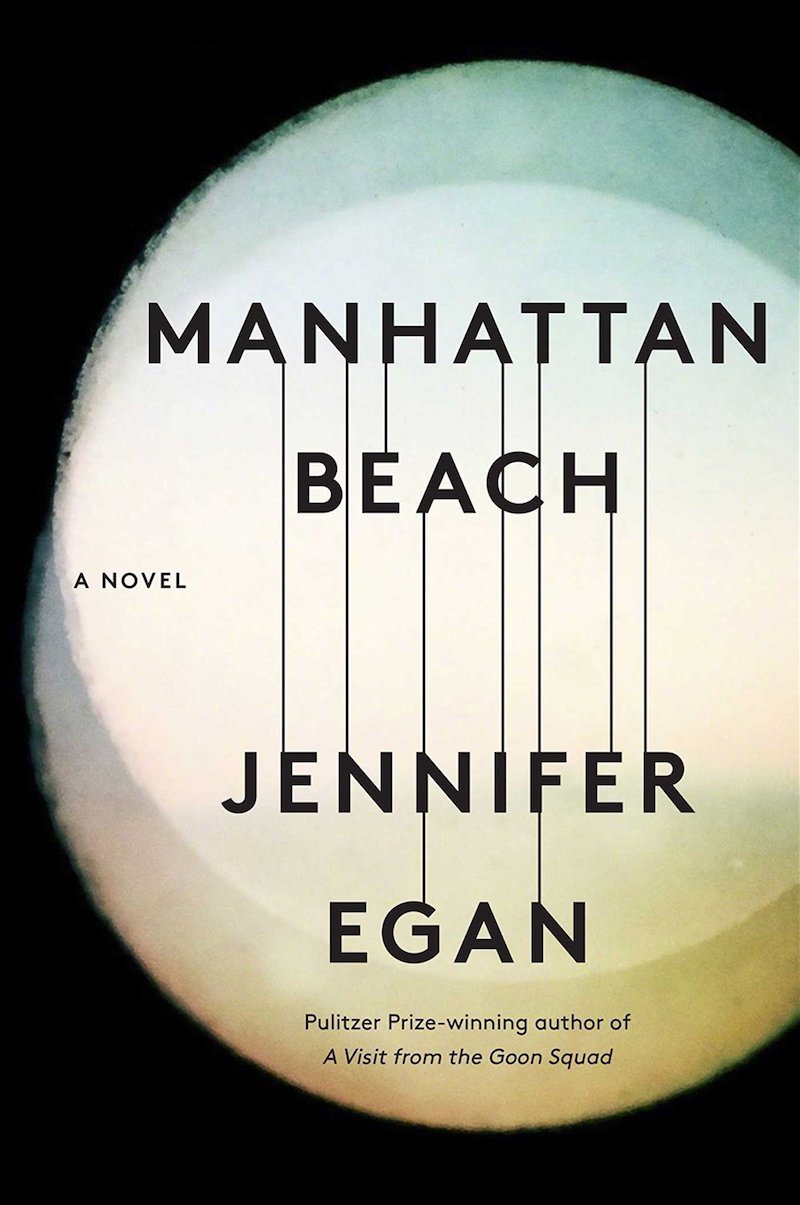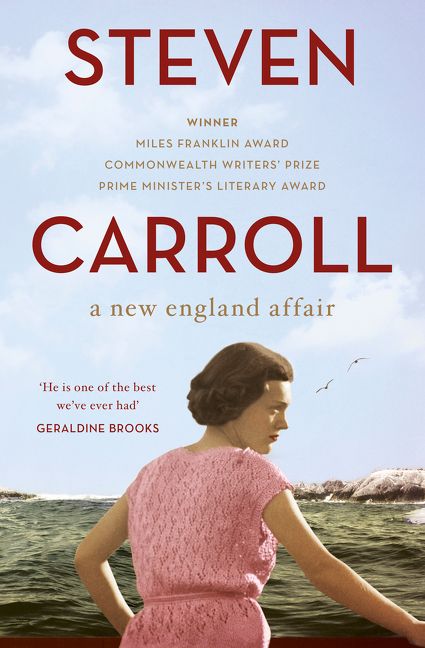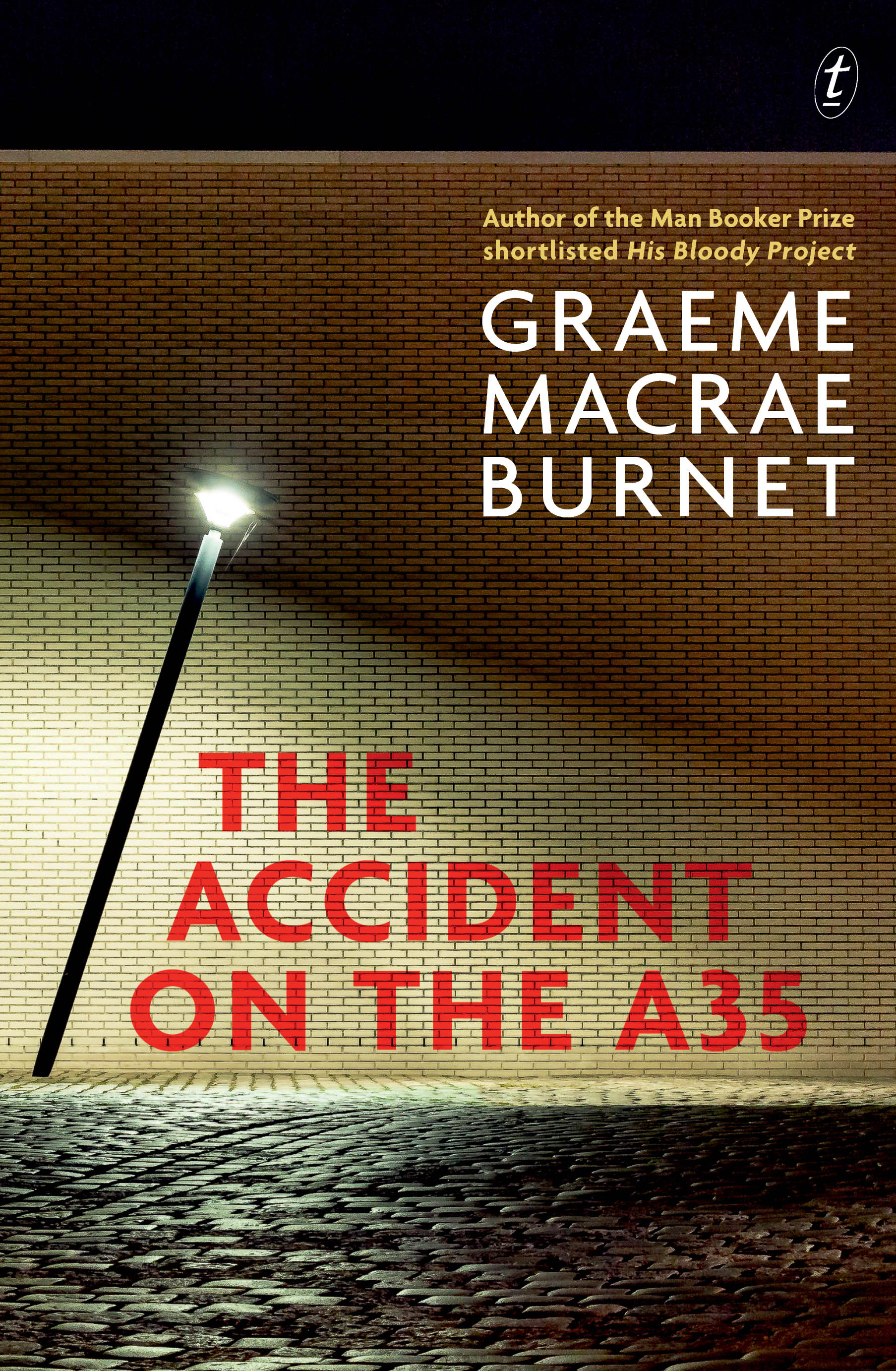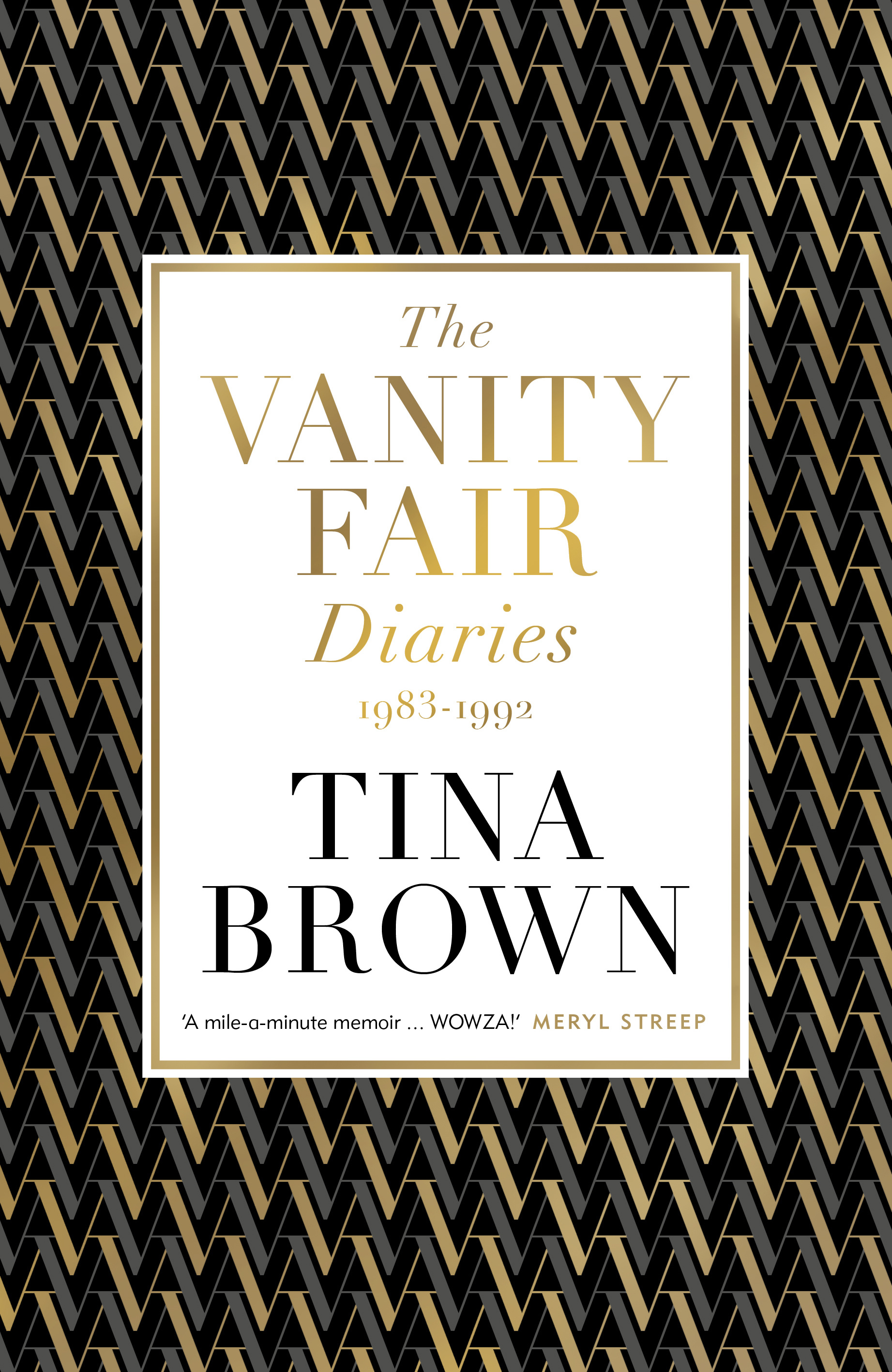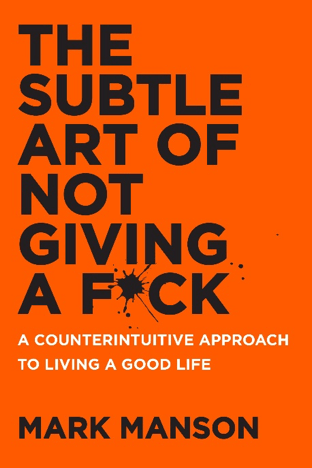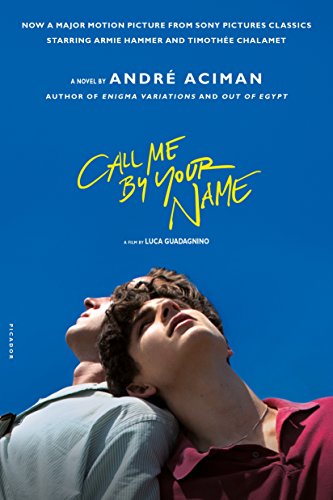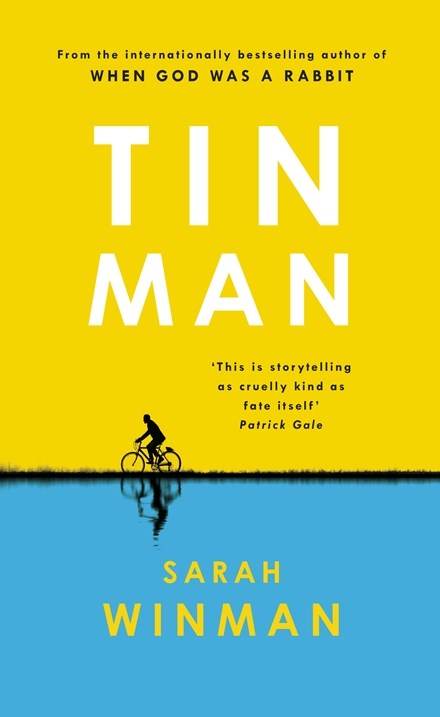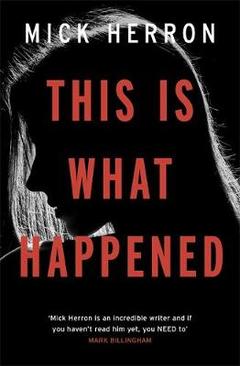Simon McDonald on Louise O'Neill's raw and powerful Almost Love.
Almost Love follows a young woman named Sarah who falls in love fast — and hard — for a man twenty years her senior, and starts sacrificing her career, friendships, and relationships to be with him.
We have all been there, or witnessed it: a relationship destined for failure from the very start. The writing is on the wall; sometimes we’re the friend who knows this, but can’t — for the sake of the friendship — reveal our concern — and most of us have been the protagonist, invested in a romantic relationship going nowhere, certainly not the direction we want it to, but hopeful — so damn hopeful! — that our inner fears won’t be realised, that our gut instinct is wrong. We know from the very start that Sarah’s relationship with Matthew is fated to end badly, but we know what it’s like, to be in love, to think we’ve found the person who gets us, who appreciates us; or been so blinded by our own desires, our fantasy of What Could Be, that we overlook our partner’s failings. Hope overrides reality; the belief that we can change things, set a new path. Sarah is all of us, and bearing witness to her razing of everything meaningful in her life, and the erosion of her confidence, is truly agonising. There is humour throughout, certainly; but it’s the gallows kind, that only exacerbates the splintering of our hearts as Sarah’s journey unfolds.
Wry and devastating in equal measure, Almost Love is a delectable and heartbreaking tale about an all-consuming relationship gone wrong, and demonstrates how treacherous, agonising and addictive love can be; how love can be an exercise in self-sabotage, and falling for the wrong person is often akin to hitting the self-destruct button. O’Neill navigates the jagged edges of love so astutely. I loved it.








